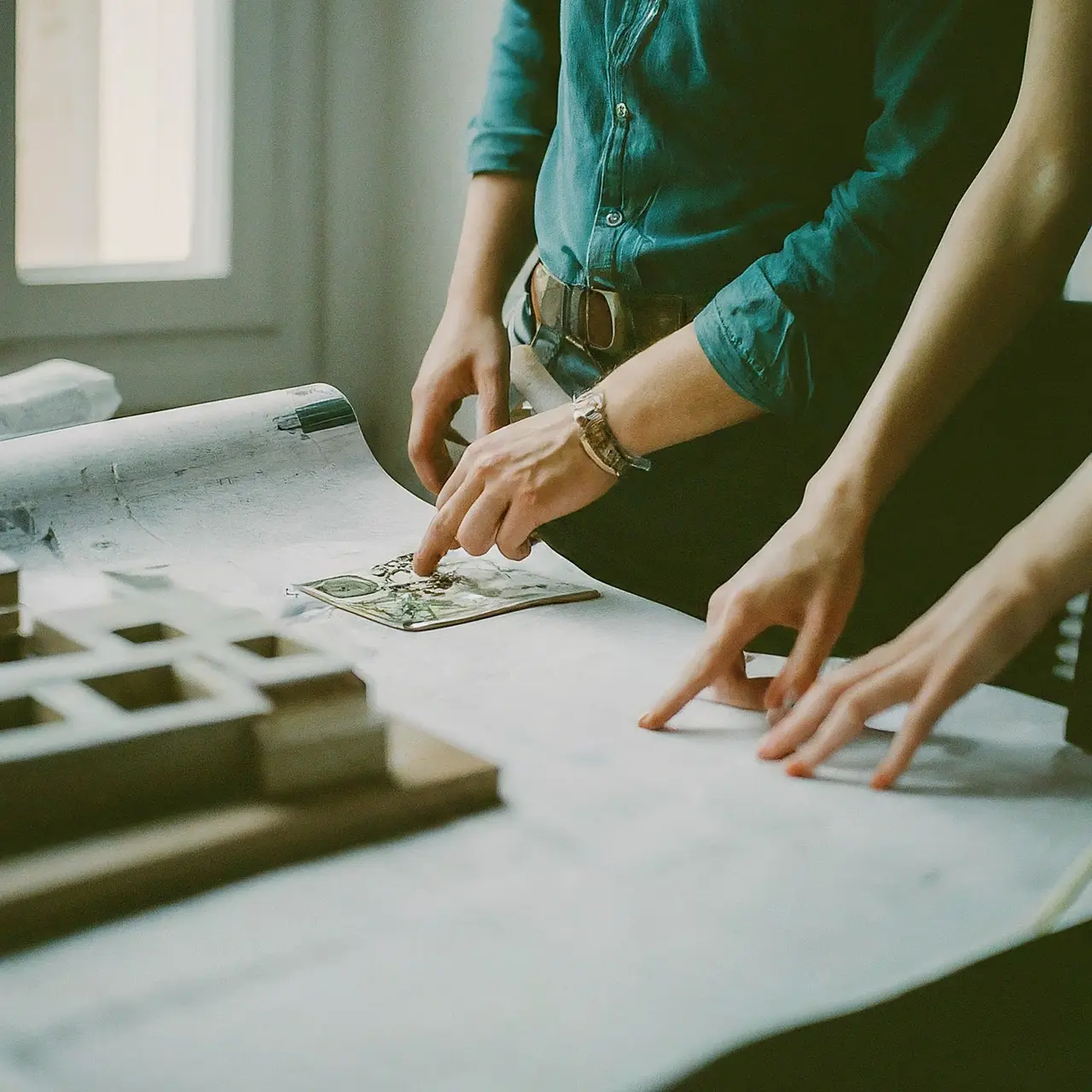
Making Eco-Friendly Choices in Modern Construction Projects
In an era where sustainability is no longer a choice but a necessity, modern construction projects are leading the charge in eco-friendly innovation. Discover how the integration of green materials, technologies, and methodologies is not only reshaping the skyline but also paving the way for a sustainable future.
The importance of sustainability in modern construction
The shift towards sustainability in modern construction isn’t just a trend—it’s a response to the urgent need for reducing our environmental footprint. With the construction sector historically being a major contributor to global carbon emissions, there’s a growing recognition that sustainable practices aren’t optional but essential.
Sustainable construction goes beyond mere energy efficiency. It encompasses the use of renewable materials, minimizing waste, and creating buildings that coexist harmoniously with their environment. This holistic approach ensures that projects contribute positively to their surroundings, both ecologically and socially.
Emerging eco-friendly materials and technologies
Innovation in modern construction focuses on materials and technologies designed to reduce environmental impact. For instance, the use of bamboo as a building material has gained popularity due to its rapid growth and sustainability, positioning it as a viable alternative to traditional hardwoods.
Similarly, advancements in solar technology and green roofs are transforming buildings into self-sustaining units, capable of generating their own energy and reducing runoff water. These technologies not only decrease the operational carbon footprint of buildings but also improve the quality of urban living spaces.
Another groundbreaking technology is the development of self-healing concrete, which aims to extend the life span of structures, thereby reducing the need for repairs and the associated environmental impact. This is a testament to how innovation continues to push the boundaries of what’s possible in sustainable construction.
Case studies: Successful green construction projects
The Edge, located in Amsterdam, is heralded as one of the world’s most sustainable office buildings. It boasts a BREEAM score of Outstanding, utilizing smart technology and energy-efficient design to drastically lower its carbon footprint.
Similarly, the Bullitt Center in Seattle is another exemplary project. It challenges conventional construction practices by achieving the Living Building Challenge status, which is considered the most rigorous sustainability standard in the industry.
How to integrate sustainability into your construction project
Integrating sustainability into a modern construction project starts with the design phase. Emphasizing energy efficiency, selecting sustainable materials, and considering the building’s long-term environmental impact are crucial steps.
Engaging with green certification programs, such as LEED or BREEAM, can provide a structured approach to achieving sustainability goals. These programs offer guidelines that cover various aspects of green construction, from water usage and energy efficiency to material selection and indoor environmental quality.
Finally, considering the end-of-life phase of construction materials is vital. Opting for materials that can be recycled or reused not only minimizes waste but also promotes a circular economy within the construction industry.
Embracing eco-friendly choices in modern construction signifies more than just building responsibly; it represents a profound commitment to the health of our planet and future generations. As we’ve seen, the path towards sustainability is both innovative and necessary, highlighting that every green choice made today is a step closer to a healthier tomorrow.

